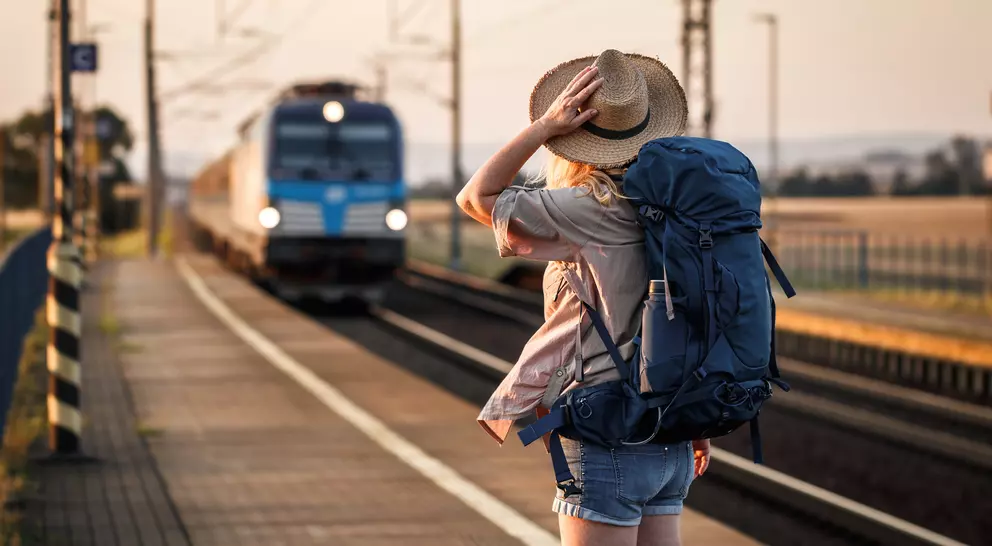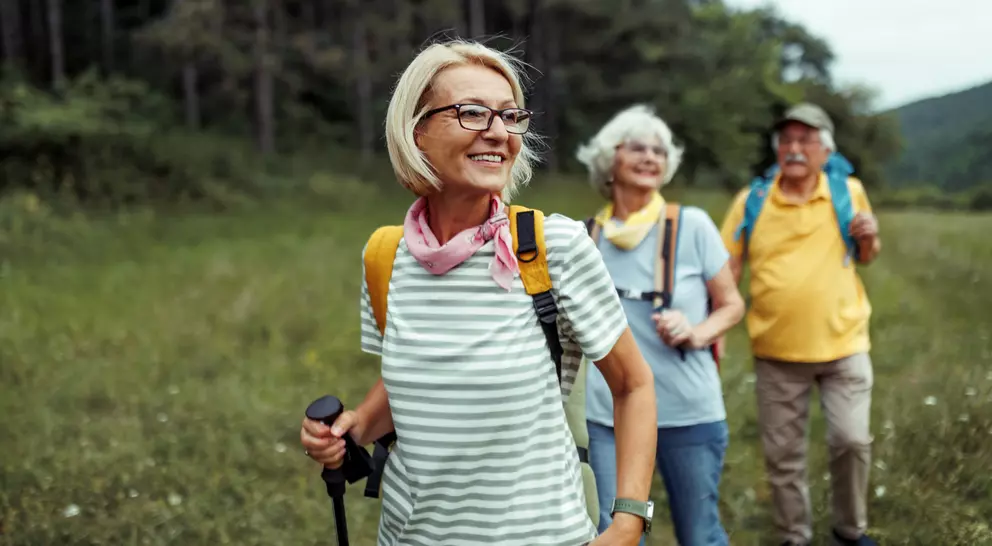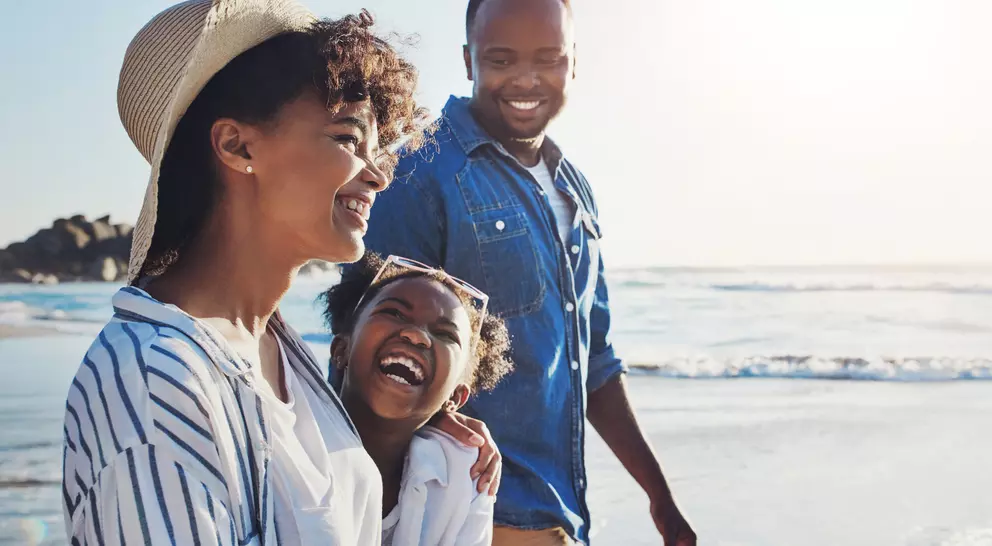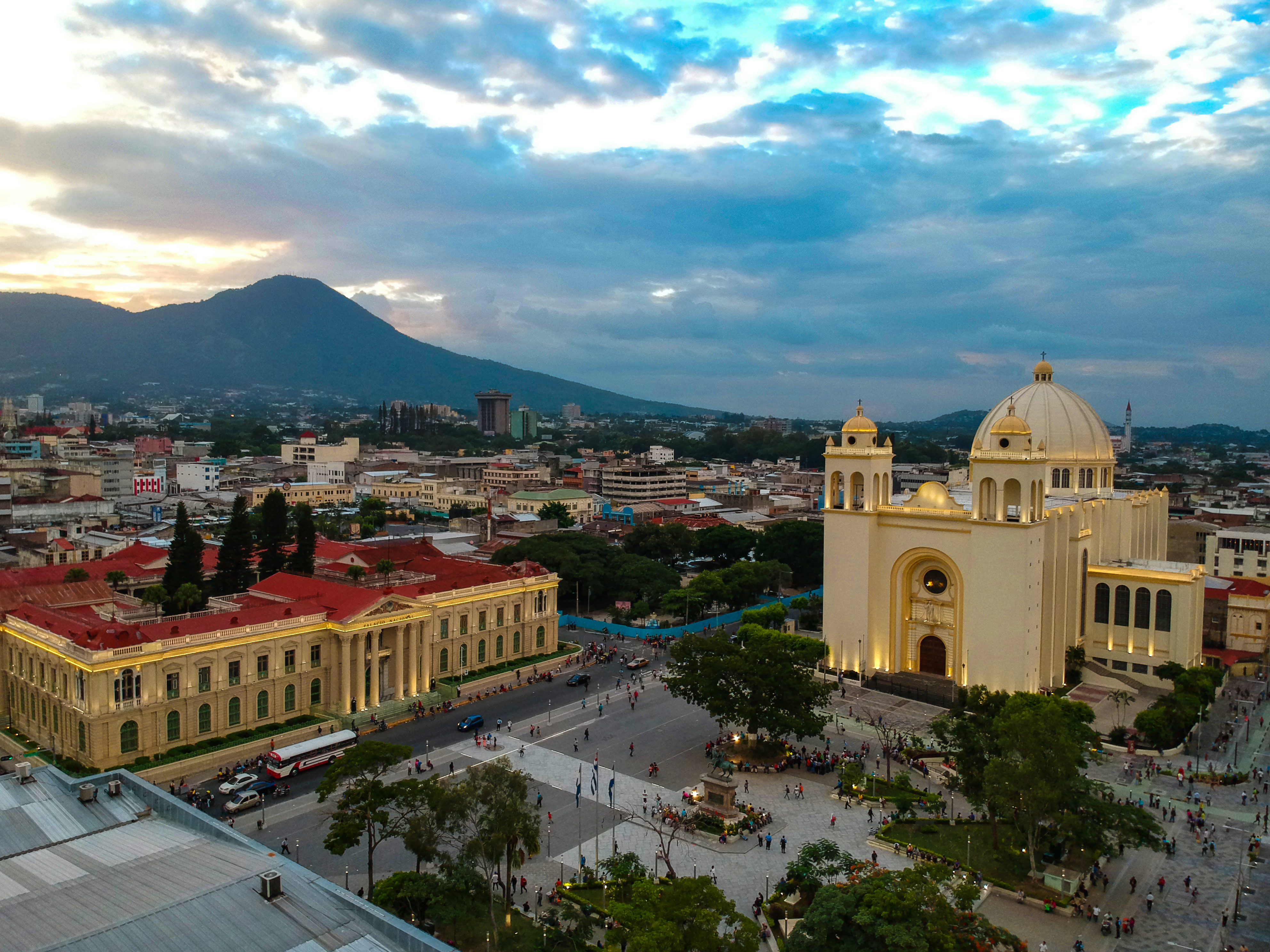US and Canadian citizens don’t need a visa for trips under 90 days, but you’ll usually buy a tourist card on arrival (about US$12; cash is safest at land borders). Your passport must be valid at entry and have at least one blank page. Time in El Salvador counts toward the 90-day CA-4 clock shared with Guatemala, Honduras, and Nicaragua. Rules can change—confirm the tourist card fee and permitted stay before you go.
Discover Tailor-Made El Salvador Vacations
Volcanoes, beaches, and colonial charm in El Salvador.
El Salvador offers travellers dramatic volcanoes, Pacific surf beaches, and colourful colonial towns. From Mayan ruins to cloud forests, it combines natural wonders and cultural heritage in a compact yet diverse destination.
Featured Highlights
- Hike volcanoes such as Santa Ana and Izalco
- Surf world-class waves on El Salvador’s Pacific coast
- Wander the colourful Ruta de Las Flores villages
- Explore Joya de Cerén, the “Pompeii of the Americas”
- Enjoy birdwatching in cloud forests and national parks
- Experience El Salvador’s vibrant markets and traditions
Featured El Salvador Trip Ideas
Discover El Salvador’s landscapes and living history.El Salvador may be Central America’s smallest country, but it is packed with experiences. Volcanoes like Izalco and Santa Ana dominate its skyline, while surf towns such as El Tunco draw wave seekers. The Ruta de Las Flores winds through charming villages with murals, coffee plantations, and local markets. History comes alive at Joya de Cerén, a UNESCO-listed Mayan village preserved in volcanic ash. Cloud forests in Cerro Verde and tropical wildlife in national parks offer adventure, while the capital, San Salvador, showcases culture and modern energy. Compact and welcoming, El Salvador rewards travellers with variety and authenticity.
Highlights of El Salvador: Countryside & Coast
Volcanoes National Park and San SalvadorDon't see the
perfect trip idea?
Request a custom quote.
Turn your travel dreams into reality with Goway. Our customized vacations take travellers to all corners of the world.
What do Goway's travellers say?

Get to know El Salvador before you go.
Best Time to Visit
El Salvador shines brightest from December to March, when dry, sunny days make it the perfect escape for travellers seeking both culture and adventure. This season brings comfortable warmth and lower humidity, creating ideal conditions for exploring volcanoes, colonial towns, and beaches along the Pacific coast.
December is particularly lively, though also the busiest, as both locals and international visitors fill the country for the holidays. Nights in the highlands can be cool, so a light jacket is handy. January and February are slightly quieter but still offer plenty of sunshine and lower humidity, with just the chance of a brief shower.
March and April bring the celebrations of Semana Santa (Holy Week), one of the most important events in El Salvador. Colourful processions and community festivities attract both travellers and Salvadorans alike, so expect larger crowds and higher demand for accommodation.
The rainy season begins in late April and runs through November. National parks like Montecristo may close at this time, but the period brings its own unique charms. From May to September, sea turtles nest along the coast, particularly in Jiquilisco Bay, where visitors can witness the unforgettable sight of hatchlings making their way to the ocean.
Though June to September sees heavy rains, August stands out for its vibrant cultural festivals. San Salvador’s Fiestas Agostinas fill the streets with music, food, and parades, while Nejapa’s famous Fireball Festival sees locals hurling flaming balls in a spectacular ritual rooted in volcanic legend.
By late November, the rains subside, bringing quieter days and lower prices before the peak season begins anew.
Places To Go
Handcrafted journeys to our most popular places to visit in El Salvador
San Salvador
Located in the Boquerón Volcano Valley, San Salvador is the capital of the Republic of El Salvador...
Located in the Boquerón Volcano Valley, San Salvador is the capital of the Republic of El Salvador and serves as the country’s most populated municipality, a good starting point for an El Salvador...

Volcanoes National Park
Covering an area of 6,300 acres of government and private land, Volcanoes National Park is a UNESCO...
Covering an area of 6,300 acres of government and private land, Volcanoes National Park is a UNESCO Biosphere located an hour west of San Salvador, the capital city of the country and a place to be...
Travel Styles
Explore El Salvador by Travel Type
Ways to Travel
Discover your perfect travel style—crafted for every dream and journey.

Themes
Immersive adventures shaped by passion, such as food, culture, wellness, and wild discovery.

Featured
Extraordinary experiences handpicked to inspire, delight, and spark your wanderlust.

Ways to Travel
Discover your perfect travel style—crafted for every dream and journey.

Themes
Immersive adventures shaped by passion, such as food, culture, wellness, and wild discovery.

Featured
Extraordinary experiences handpicked to inspire, delight, and spark your wanderlust.
Frequently Asked Questions
Do I need a visa or special permits to enter El Salvador?
What language is spoken locally? How widely is English understood in El Salvador?
Spanish is the official language. English is limited outside tourism and some city businesses, so a few Spanish phrases go a long way. Goway also notes that English is “not widely spoken,” especially beyond tourist areas.
What are the must-see attractions in El Salvador?
Think compact country, big variety: hike Santa Ana (Ilamatepec) volcano for that milky-turquoise crater lake; linger in flower-strewn towns on the Ruta de las Flores; wander colonial Suchitoto; and surf the Pacific at El Tunco or El Sunzal. Don’t miss UNESCO-listed Joya de Cerén—“Pompeii of the Americas”—for a vivid peek at everyday Maya life. Goway itineraries often pair these with lake time at Coatepeque.
Is El Salvador safe? What should I keep in mind while travelling there?
Safety has improved dramatically, and the US advisory is Level 1 (normal precautions). Canada advises a high degree of caution due to crime and occasional arbitrary enforcement. Practical tips: use registered taxis/ride-hailing, avoid flashing valuables, keep copies of ID, and follow local guidance if demonstrations pop up. Check advisories again right before departure.
What's the best way to travel within El Salvador?
Distances are short, so private drivers and ride-hailing between San Salvador and the coast/volcanoes are popular (Uber operates around SAL airport and the capital). Public “chicken buses” are cheap but slow and crowded. There’s no practical rail and no routine domestic flights. If you’re combining countries, remember the CA-4 90-day clock across El Salvador, Guatemala, Honduras, and Nicaragua.
What El Salvador cultural customs should I be aware of?
Greet with “buenos días/buenas tardes,” a handshake, and eye contact; people are polite and indirect. Dress modestly in rural towns and when visiting churches. Tipping is modest—about 10% at restaurants if service isn’t already added as “propina.” Always ask before photographing people or market stalls.
What should I wear/pack for El Salvador's climate?
Expect two seasons: dry (roughly November–April) and rainy (May–October), with muggy afternoons and quick downpours on the coast; highlands are cooler, especially at night. Pack breathable layers, a light rain shell, sun protection, insect repellent, sturdy shoes for volcano trails, and a swimsuit. Power is US-style (Type A/B, 120V). The US dollar is the main currency; Bitcoin remains legal tender but acceptance is now largely voluntary—don’t rely on it.
Unlock more with your Newsletter membership
Discover Goway Travel Protection Plans that offer a peace of mind by helping protect your travel investment, belongings, and most importantly you!
